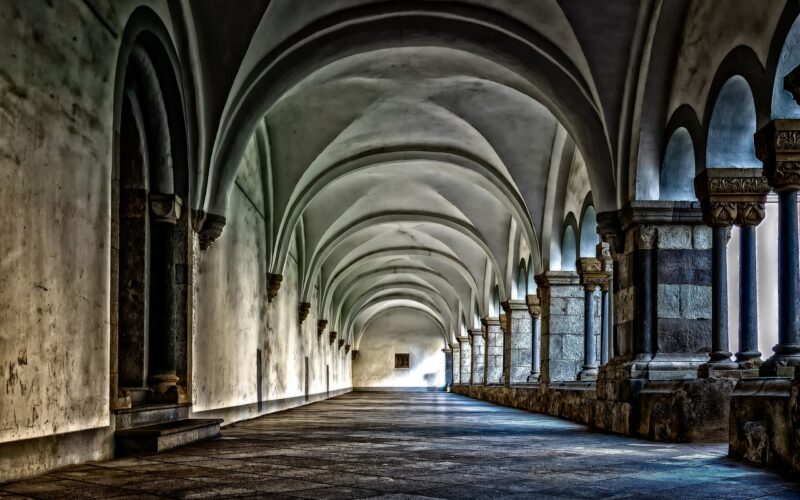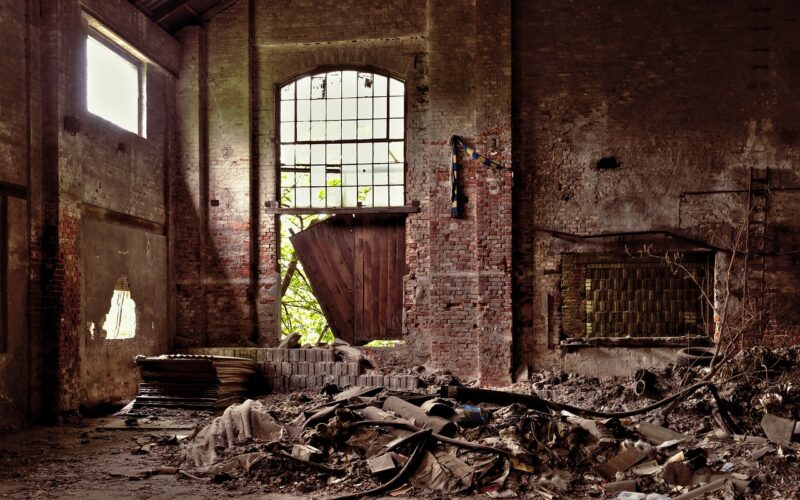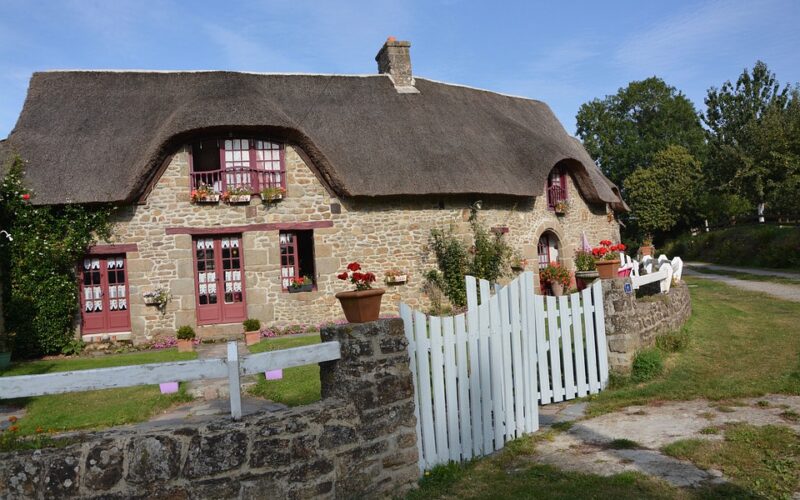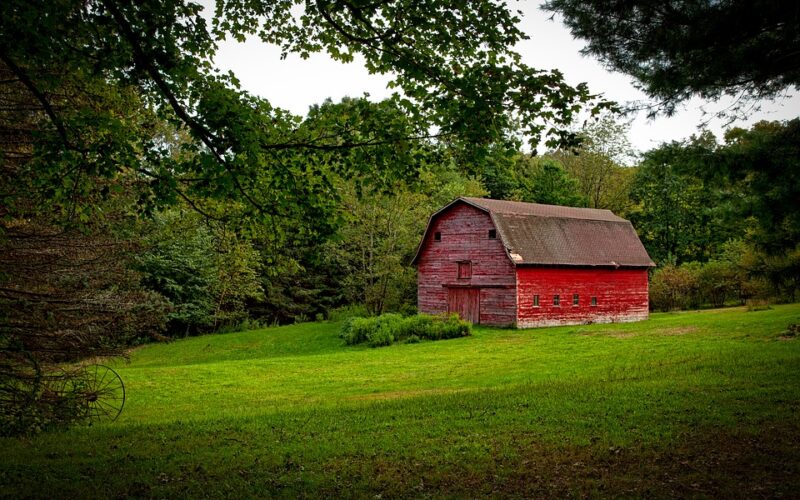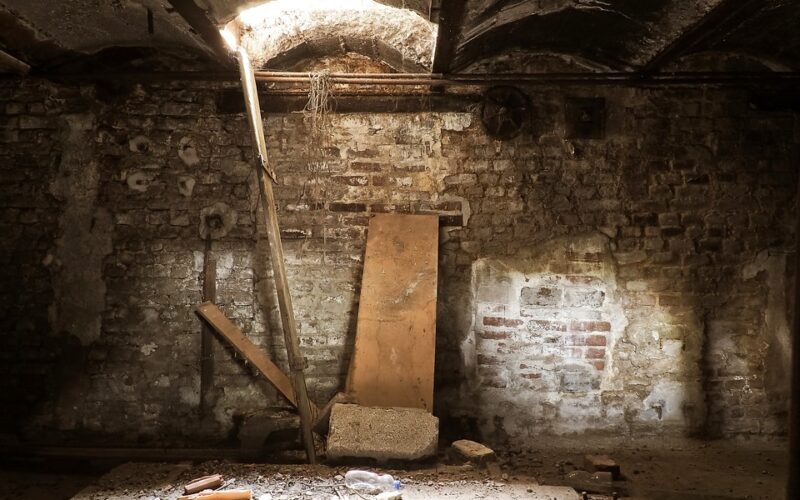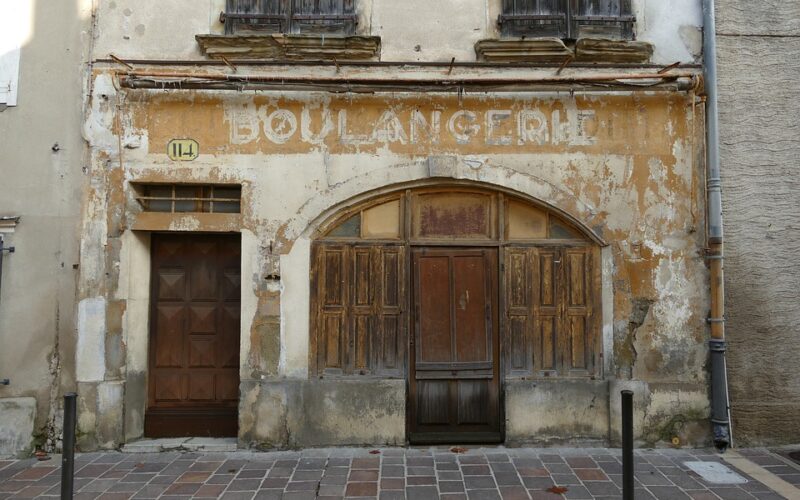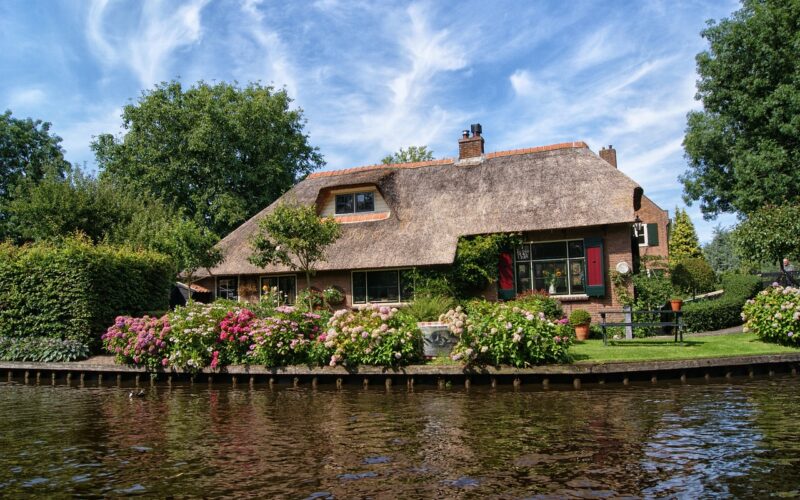Revitalising an old building is not just a construction endeavour; it's a cultural and environmental mission. It breathes new life into the structure, restoring its former glory and adapting it to modern needs.
The importance of revitalising old buildings
Often, old buildings are not merely structures; they are storied edifices with historical significance. Their decay often means a loss of connection to our past. Revitalisation serves a dual purpose: it preserves the historical aspects for posterity and ensures they remain functional and relevant. By repurposing these old gems, cities maintain their unique character while providing contemporary spaces for living, working, and cultural exchange.
Assessing the potential of a derelict structure
The first step in revitalisation is to assess the building's integrity. Structural engineers and architects work together to evaluate the foundation, support beams, roofing, and overall condition of the building. Modern technology like 3D scanning can help in this process, giving a detailed picture of the tasks ahead. The goal is to understand the extent of decay and how it can be rectified, blending old construction techniques with new-age methods to find a sustainable renovation pathway.
Preserving the historical integrity
A crucial aspect of revitalisation is the meticulous preservation of the building's historical features. Specialist heritage conservationists may be consulted to retain original materials, or if that's not possible, to source period-accurate substitutes. This might include salvaging brickwork, timber frames, or ornate metalwork, all of which contribute to the narrative of the place. These elements are often the soul of the building, and their conservation is instrumental for an authentic restoration.
Modernising with sustainability in mind
While maintaining the old charm, revitalised buildings must also cater to today's sustainability standards. This can include upgrading to energy-efficient windows, installing green roofs, or using solar panels. Smart design updates, such as natural ventilation systems or modern insulation, help reduce the building's carbon footprint while keeping it comfortable and functional. Financial incentives and green certifications can bolster such sustainable practices.
The role of community involvement
Revitalisation projects often thrive with community involvement. Public feedback might influence the project, ensuring the updated building serves contemporary public needs. Furthermore, engaging local artisans or craftsmen can inject authenticity and bring a sense of ownership to those who reside in the area. This sense of belonging can transform a simple renovation into a revitalisation movement inspiring pride and care for the historical structure.
Case studies of successful revitalisations
Across the globe, there are numerous examples of successful building revitalisations. From the reinvention of old mills into loft apartments or start-ups hubs, or the transformation of bygone warehouses into art galleries; these cases are testaments to imaginative reuse. Documenting successful case studies helps create a blueprint for future projects and demonstrates the tangible benefits of restoring old buildings.
In summary, the revitalisation of old structures is not just about bricks-and-mortar. It's a delicate dance between past and present, historical reverence, and forward-thinking innovation. These structures can become vibrant community hubs or businesses that honour history while stepping boldly into the future. And therein lies the beauty of revitalisation: it's a symbol of continuity, resilience, and endless possibilities.
